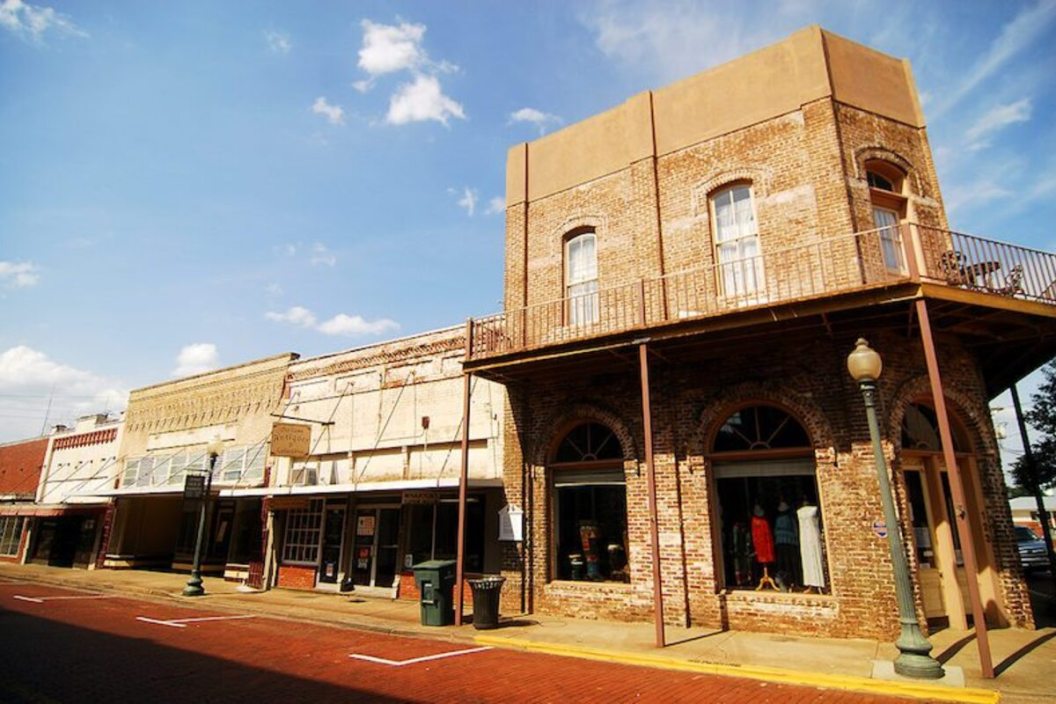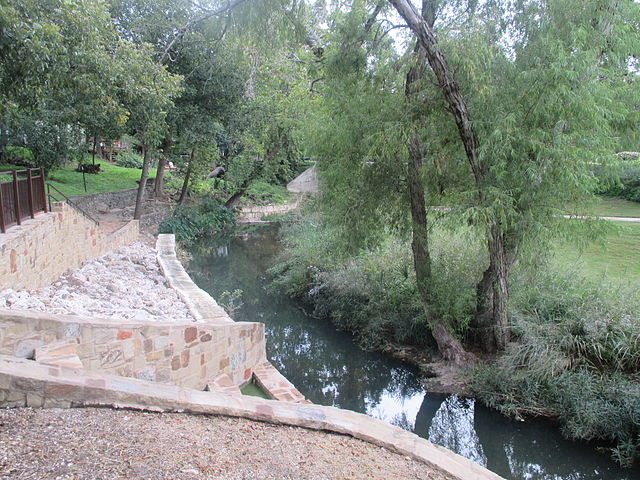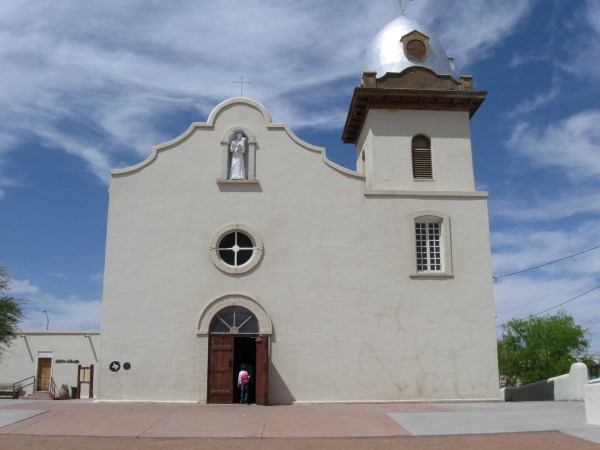As you travel through Texas, you can get an in-depth history lesson from your truck window. Texas historical markers are an invaluable part of any road trip. And no historical journey through the Lone Star State would be complete without a trip through some of Texas' most historic towns.
Videos by Wide Open Country
You've been to the Alamo, but what about Goliad's Presidio La Bahia? Let's hit the road (and the history books) and visit old-timey Texas.
7. Seguin
Seguin was founded in 1838, just over a year after Texas became an independent state. The town gets its name from Juan Seguin, a captain in the Texas army.
The "world's largest pecan" also lives in Seguin. The 2,300-pound pecan, erected in 1962, sits in front of the courthouse. Although a rival pecan in Missouri threatened to take the crown, Seguin retook the title in 2011.
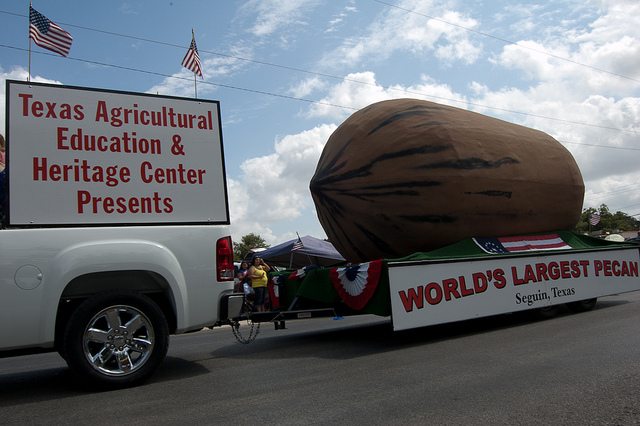
Source: Flickr/ Don Dearing
6. Ysleta
Ysleta, Texas is now a community within El Paso, but it was once its own town. Ysleta is home to the oldest continuously operated parish in Texas, the Ysleta Mission. When members of the Tigua tribe fled their homes during the Pueblo Revolt, many followed Spanish colonists to present-day El Paso. In 1682, the Tigua tribe built the Ysleta Mission.
Ysleta, settled in 1680, is believed to have the oldest continuously cultivated plot of land in the state. The town made a bid to become the county seat in 1873 but lost out to El Paso.
5. Presidio
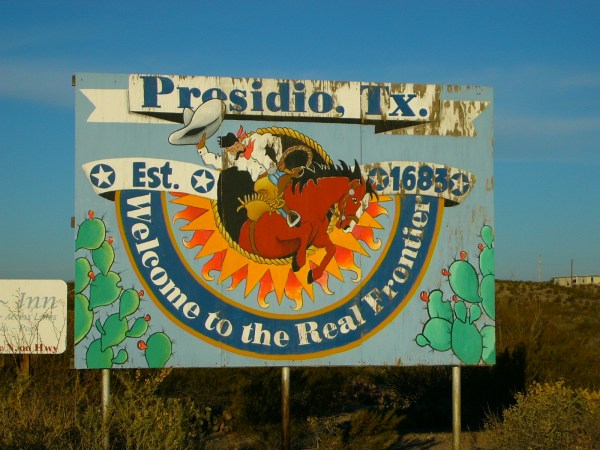
Source: Wikipedia Commons/ Yuan Yufei
Presidio, inhabited since 1500 B.C. and officially established in 1683 A.D., stands just across the U.S.-Mexico border from Ojinaga, Mexico. Located in sparsely populated West Texas, Presidio is known for its dark skies. That means that the stars at night really are big and bright and not blotted out by light pollution.
If you're a paranormal investigator, Presidio is the town for you. The town is a bevy of unexplained phenomena. In 1974, there were reports of a crashed flying saucer just outside the city limits.
READ MORE: Map Shows Texas Divided into 9 Equal States
4. Goliad
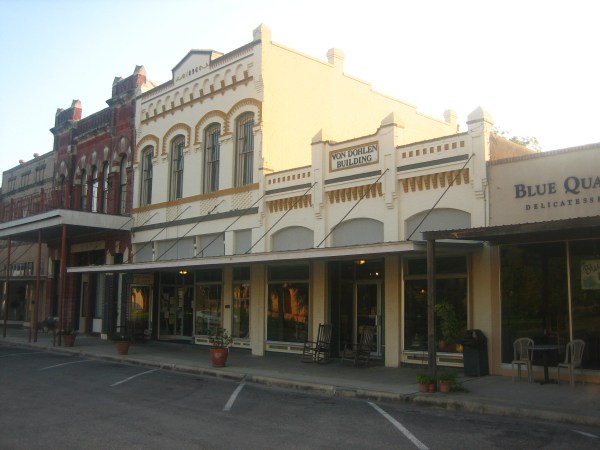
Source: Wikimedia Commons/ Renelibrary
Founded in 1836, Goliad is home to Presidio La Bahia, a fort constructed by the Spanish Army in 1749. On March 27, 1836, during the Texas Revolution, nearly 500 Texan soldiers were held captive and executed outside the walls of Presidio La Bahia. The event became known as the Goliad Massacre.
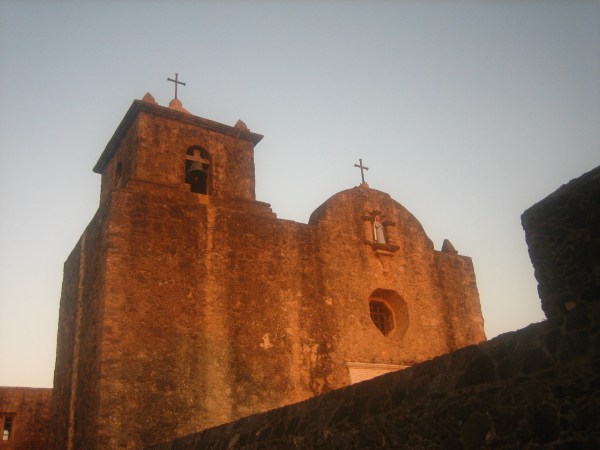
Chapel at Presidio La Bahia. Source: Wikimedia Commons/ Billy Hathorn
In the 1960s, the town of Goliad restored Presidio La Bahia to its 1836 appearance. It is now a National Historic Landmark and an important cultural center of the town.
3. Gonzales
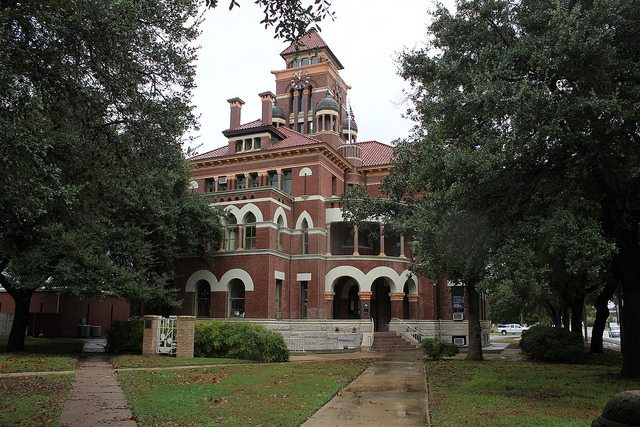
Source: Flickr/ Nicolas Henderson
Gonzales lets you know right away that it's an integral part of Texas history. Before you even enter the town you'll see signs advertising Gonzales as the birthplace of the Texas Revolution. The town is also the birthplace of the "Come and Take it" cannon. According to the Texas Historical Association, the cannon was given to colonists in 1831. Four years later, during more contentious times, the Mexican Army sent a small group to retrieve the cannon. The colonists responded with, you guessed it, "There it is -- come and take it."
The scuffle resulted in the Battle of Gonzales. A group of women in Gonzales created a flag with the image of a cannon with the infamous phrase scrolled beneath. The flag has become an iconic symbol of Texas independence.
The original "Come and Take It" cannon is on permanent display at the Gonzales Memorial Museum. Each October, Gonzales holds a three-day "Come and Take It" festival.
2. San Augustine
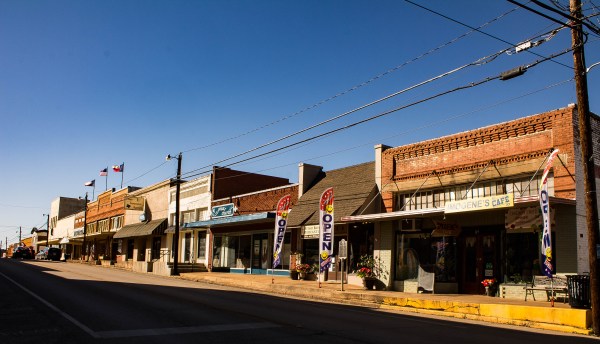
Source: Wikimedia Commons/ Renelibrary
The East Texas town of San Augustine also plays an important role in the Texas Revolution. Sam Houston was first elected to lead forces in San Augustine before taking charge of the entire Texas army. During the tumultuous time, the settlers abandoned Gonzales during the Runaway Scrape of 1836, in which Texans fled their homes when Antonio Lopez de Santa Anna attempted to conquer the state. The citizens returned to their homes when the war ended.
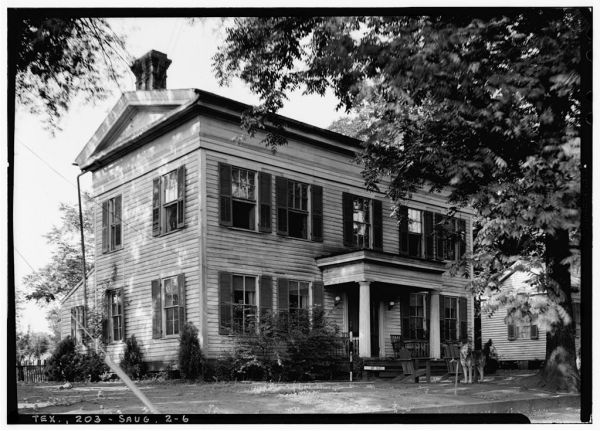
The historic Matthew Cartwright House in San Augstine, Texas. Source: Wikimedia Commons/ Harry L. Starnes
You can visit several historical homes in San Augustine. The Matthew Cartwright House, built in 1839, is listed on the National Register of Historic Places.
1. Nacogdoches
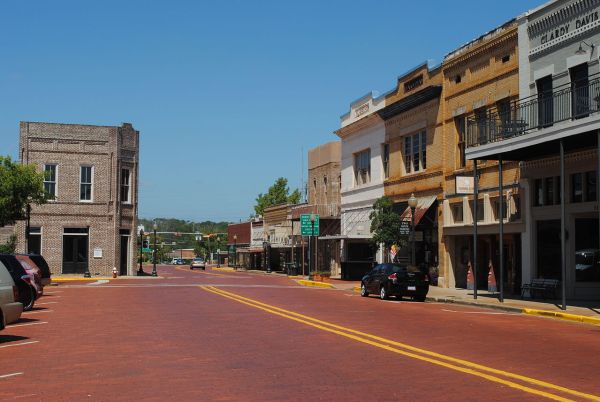
Source: Wikimedia Commons/ Rwminix
Nacogdoches has the distinction of being the oldest town in Texas. How old? Well, there's evidence of settlement in the area dating back 10,000 years. Until the early 19th century, the area was a Caddo Indian settlement. Nestled in the East Texas piney woods, Nacogdoches has seen even more flags fly above it than the state of Texas. Along with the "six flags of Texas," the town has been under the rule of the Magee Gutierrez Republic, the Long Republic, and the Fredonian Republic. Nacogdoches has Texas' largest azalea garden, featuring 25 miles of trails through the breathtaking flowers.
This article was originally published in 2019.
